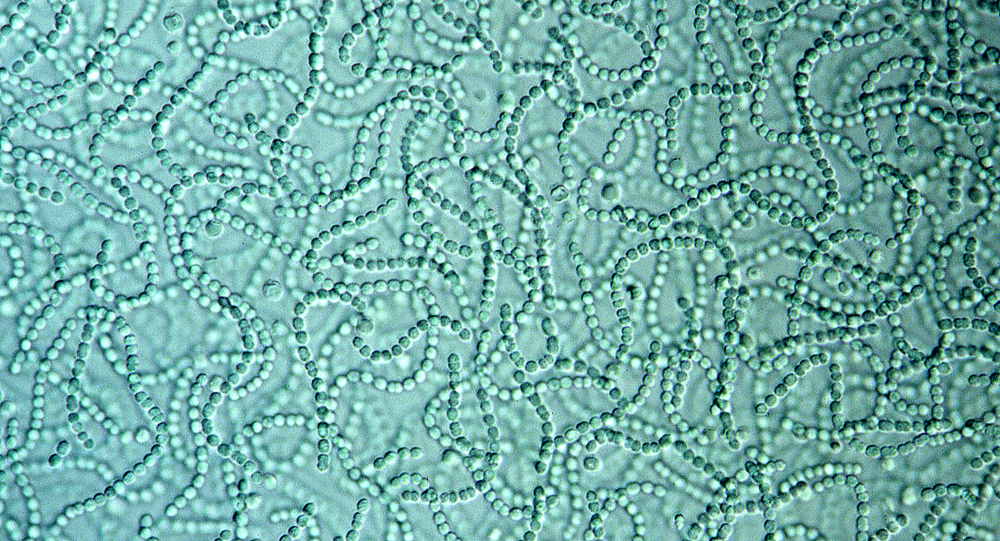How to Get Rid of Blue-Green Algae in Aquariums
Do you have a mysterious, blue-green slime taking over your aquarium? Or is there a strange smell coming from your fish tank and you can’t find the source? You might be dealing with an outbreak of blue-green algae. In this article, we discuss the causes of blue-green algae and how to get rid of it once and for all.
What is Blue-Green Algae?
Blue-green algae (BGA) is not actually an algae but rather a cyanobacteria – a very diverse and resilient group of bacteria that uses photosynthesis like plants. In freshwater aquariums, it’s known for its vivid blue-green color, but it can also appear in shades of brown, black, or even red. You may see it start off as a little spot of green algae that eventually grows into a thick slime stretched over your gravel, decorations, and plants. While cyanobacteria in aquariums does not usually harm fish, it can potentially kill your plants if their leaves are covered and can no longer photosynthesize light.
Another way to identify blue-green algae is by its distinct odor. People have described the smell as earthy, musty, swampy, and foul. Once you have learned to recognize the scent, it’s possible to detect cyanobacteria up to two weeks before it’s even visible in the fish tank.

Blue-green algae is actually a type of photosynthetic bacteria that comes in blue, green, brown, black, and red colors.
What Causes Cyanobacteria in Aquariums?
Many studies have been done to figure out what causes cyanobacteria blooms, since they can have a deadly impact on the environment. While there are no definitive answers yet, they commonly occur in warm, slow-moving, and nutrient-rich bodies of water. In the aquarium hobby, we have frequently seen blue-green algae pop up wherever organic waste has a chance to stagnate in certain areas of a fish tank. This can happen if:
- The current in the fish tank is too slow
- Hardscape is blocking off a corner of the aquarium that also gets exposed to constant light
- The substrate is collecting debris because the gravel hasn’t been vacuumed in a while and there are no animals to churn it
How Do I Get Rid of Blue-Green Algae Naturally?
Based on these possible causes, the first step is to manually remove as much of the slime as possible using a siphon, toothbrush, or algae scraper. (Your clean-up crew won’t be of much help, since animals don’t like the taste of blue-green algae.) Remove any excess nutrients by doing water changes more frequently, cleaning the filter regularly, and reducing the amount of fish or food going into the aquarium (if overfeeding is a problem). Improve the water flow by using a stronger filter, adding a powerhead, or moving decorations and equipment around in the tank.
Cyanobacteria uses photosynthesis to create energy, so some people suggest turning off the aquarium lighting for three to seven days to starve out the colony. However, this method can end up harming your plants (which also use photosynthesis) or causing spats among the fish. Plus, the blue-green algae often returns within a few weeks.
Can I Treat Cyanobacteria with Medicine?
Many people have trouble dealing with this stubborn bacteria, but fortunately, it is very weak against a certain antibiotic called erythromycin. This medicine is safe for fish, plants, and invertebrates, and it will not harm the beneficial bacteria in your aquarium. We personally like to use Fritz Slime Out, which is formulated to treat cyanobacteria without raising phosphate levels in the aquarium.
To begin treatment, scrub off as much of the blue-green algae as possible and remove it with a siphon. After vacuuming the substrate and refilling the tank, add one full dose of Slime Out (which is 1 packet per 25 gallons of water), and let the aquarium sit for 48 hours before doing a 25% water change. Add an air stone or other filtration that agitates the water surface to help ensure the fish have enough oxygen during the treatment. The earlier you treat the outbreak, the easier it is to eradicate. If the blue-green algae is very thick and widespread, you may need to repeat the treatment several times to completely remove the colony.
If you address the underlying causes of cyanobacteria and treat it with Slime Out, you should have no problems getting rid of it in your fish tank. If you’re struggling with another type of algae, check out our full guide on how to fight the top 6 types of algae in freshwater aquariums:




